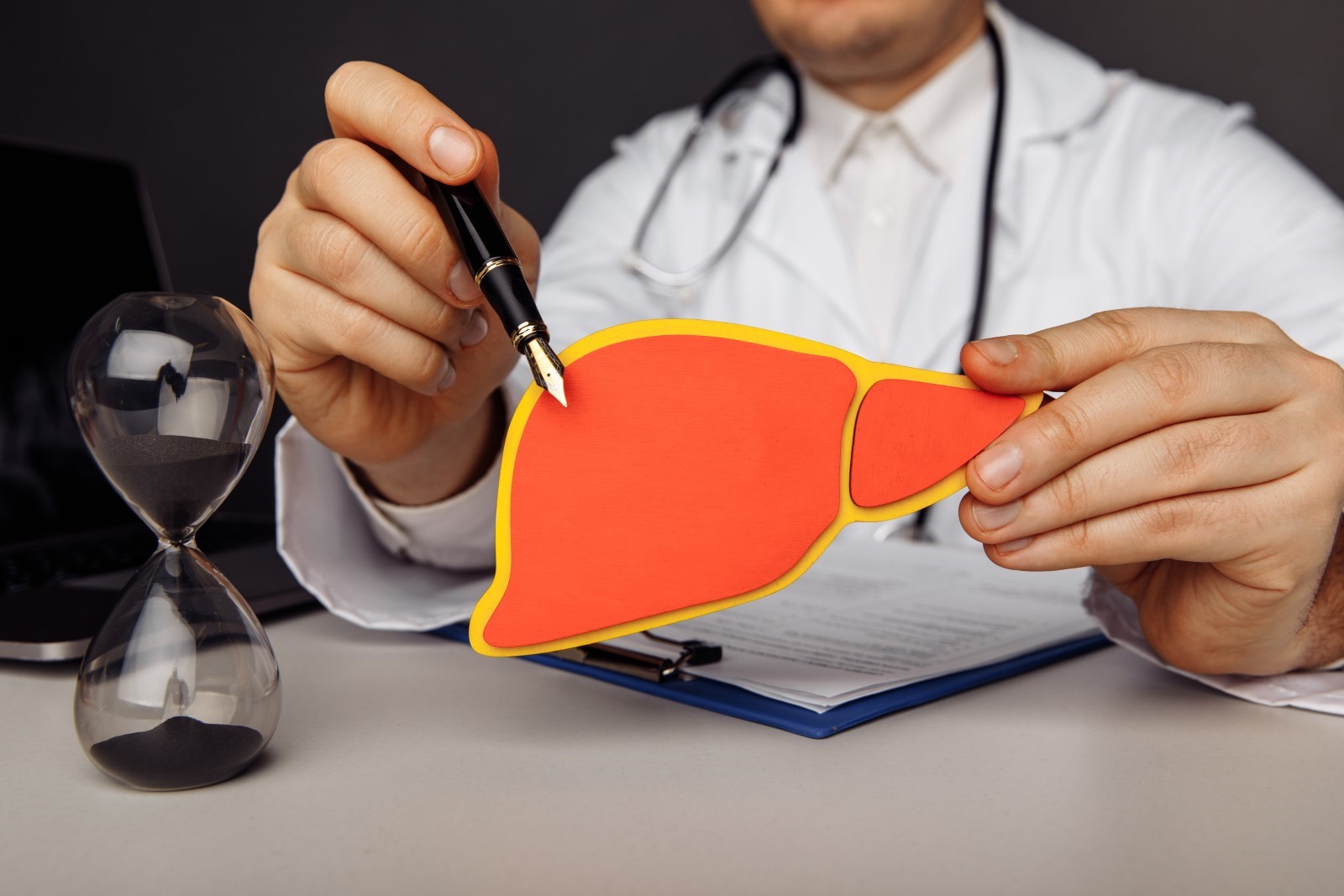Non Alcoholic Fatty Liver Disease (NAFLD) is when too much fat builds up in your liver. It’s not due to alcohol use. NAFLD is becoming more common, especially in places where obesity and metabolic disorders are also on the rise. It’s crucial to know about it because, with early detection, it can be managed well. Knowing the key symptoms and causes can lead to better management and prevention of its progression. In this article, we’ll explore the symptoms, causes, and possible treatments. Let’s also clear up some common myths surrounding this condition.
Understanding Non-Alcoholic Fatty Liver Disease
When we say “fatty liver,” we mean there’s more fat in your liver than usual, and it’s not from drinking alcohol. Recently, the term “NAFLD” has shifted to “MASLD,” which stands for Metabolic Associated Steatotic Liver Disease. This change highlights the link between this liver condition and metabolic issues, like obesity or diabetes. Unlike alcoholic liver disease, which happens due to excessive alcohol, this one isn’t caused by drinking.
The Spectrum of Fatty Liver Disease
There are different types of fatty liver disease. It starts with simple fatty liver, also known as steatosis, where the liver just has too much fat. This can lead to NASH or MASH, which is when inflammation or damage occurs. If left unchecked, it can progress to more serious conditions like fibrosis and cirrhosis, where the liver gets scarred. If you have NAFLD, there’s a chance it could progress to NASH, but it doesn’t always happen.
Common Symptoms of NAFLD
NAFLD is often silent in its early stages, so you might not notice it. But, as it progresses, some symptoms may appear. You might feel tired or have discomfort in your upper right belly. When doctors check, they might notice an enlarged liver. Blood tests could reveal elevated liver enzymes, hinting at liver stress or damage. Regular check-ups can catch these issues early.
Causes and Risk Factors
Several factors can lead to NAFLD. Being overweight or having a metabolic syndrome can increase your risk. Lifestyle habits like poor diet and lack of exercise also can lead to it. Some people have a genetic predisposition, meaning it might run in their families. Other health issues, like diabetes or high cholesterol, often accompany NAFLD. So, managing your diet and digestive health is crucial for prevention.
Diagnosis of NAFLD
Doctors use different tools to diagnose NAFLD. Blood tests can reveal liver health, while imaging tests like ultrasound show fat in the liver. Sometimes, a liver biopsy is needed to understand the extent of liver damage. The key is to rule out alcohol-related conditions or other liver issues. Regular check-ups will help in catching it early.
Expert Insights: Treatment Approaches to Non-Alcoholic Fatty Liver Disease
Currently, there isn’t any FDA-approved medication for NAFLD. Treatment usually focuses on lifestyle changes. Here’s how you can manage it:
- Diet: Opt for a balanced diet that’s low in sugar and fat but high in fruits, vegetables, and whole grains.
- Exercise: Aim for at least 150 minutes of moderate exercise a week, like walking or cycling.
- Weight Management: Losing 7-10% of your body weight can improve liver health.
- Manage Diabetes and Cholesterol: Keeping these in control can also help liver health.
Indian dishes such as grilled vegetables or dal (lentils) can be nutritious and liver-friendly. It’s not just about eliminating foods, but about choosing the right portions and healthy options.
Prevention Strategies
Preventing Non Alcoholic Fatty Liver Disease involves maintaining a healthy weight and lifestyle:
- Balanced Nutrition: Include plenty of fruits, vegetables, and lean proteins in your diet.
- Regular Exercise: Stay active with daily exercises like walking, jogging, or yoga.
- Manage Metabolic Conditions: Regular screenings for conditions such as diabetes and cholesterol.
These small lifestyle changes can make a big difference. Specifically for Indians, incorporating traditional practices like yoga and balanced Indian diets can be effective. Regular check-ups also provide a chance to catch any potential problems early on.
Living with NAFLD
For those living with NAFLD, regular monitoring is important. It helps track the disease and manage it effectively. Community support and healthcare assistance can provide help and motivation for ongoing management. Even with liver conditions, maintaining a good quality of life is possible with proper care and lifestyle adjustments.
Conclusion
To sum it up, Non Alcoholic Fatty Liver Disease is a growing concern, but with early detection and some lifestyle changes, it can be managed. Watching your eating habits and getting exercise are crucial steps. Researchers are actively working on better treatments for the future. Until then, being aware, getting regular check-ups, and making healthy choices play a huge role. By increasing awareness, we can all benefit from healthier liver practices.



